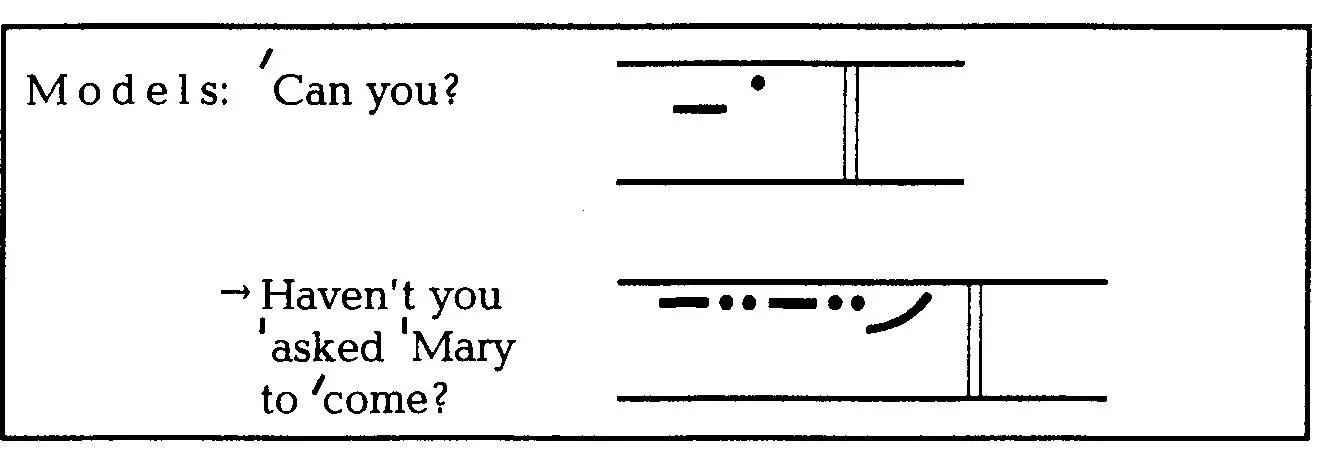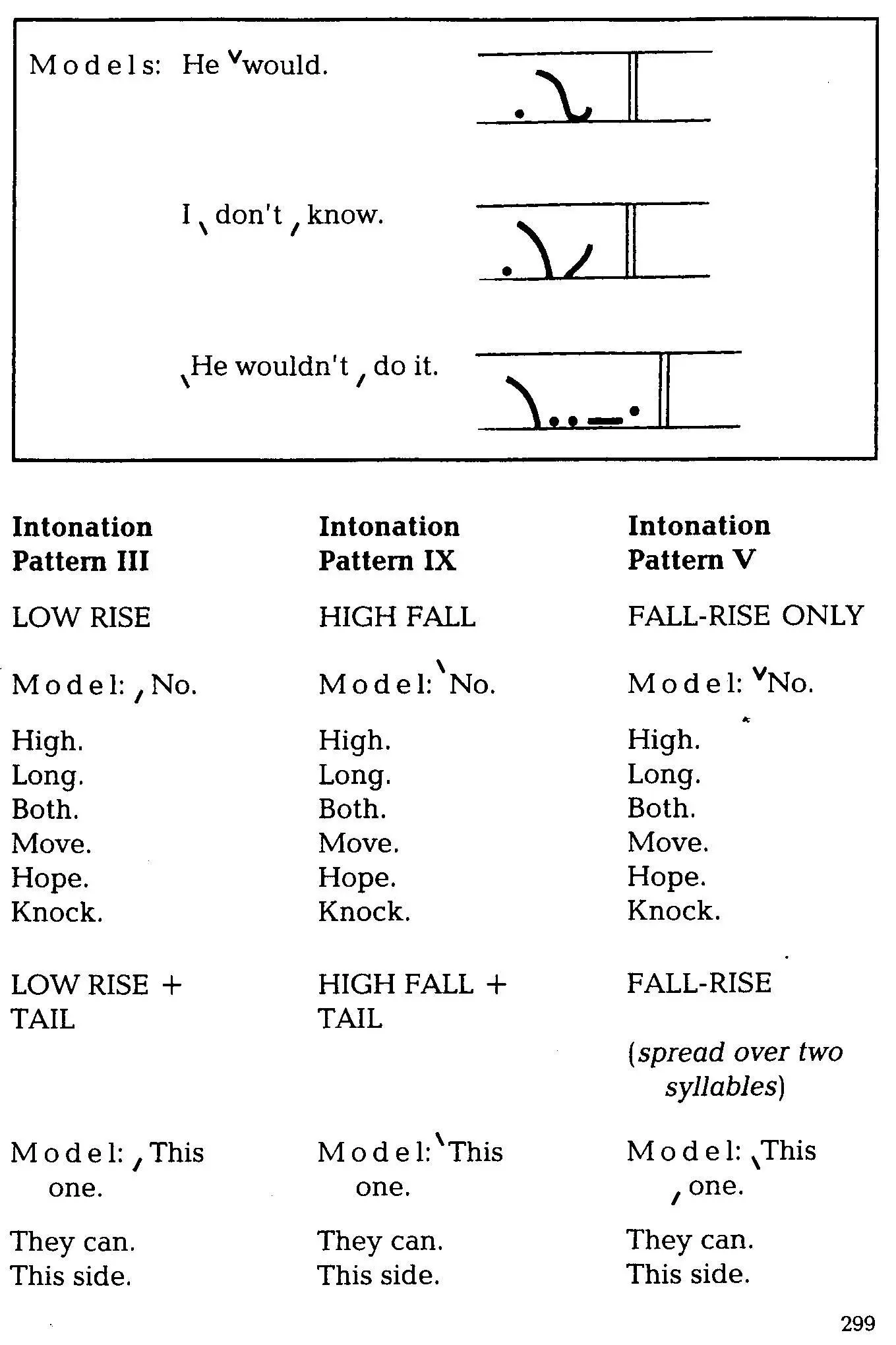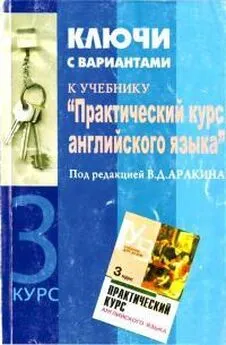Владимир Аракин - Практический курс английского языка 3 курс [calibre 2.43.0]
- Название:Практический курс английского языка 3 курс [calibre 2.43.0]
- Автор:
- Жанр:
- Издательство:ВЛАДОС
- Год:2006
- ISBN:нет данных
- Рейтинг:
- Избранное:Добавить в избранное
-
Отзывы:
-
Ваша оценка:
Владимир Аракин - Практический курс английского языка 3 курс [calibre 2.43.0] краткое содержание
I - V курсов педагогических вузов.
Цель учебника – обучение устной речи на основе развития необходимых автоматизированных речевых навыков, развитие техники чтения, а также навыков письменной речи.
Практический курс английского языка 3 курс [calibre 2.43.0] - читать онлайн бесплатно полную версию (весь текст целиком)
Интервал:
Закладка:
Mind that when an alveolar consonant is followed by the interdental [Ө,ð] it becomes dental.
6.Read the sentences:
1. What was that? — WhaMhen? 2. Is that a reasonable demand? 3. Character in the chin. 4. They are there in the bosom. 5. The
fact that you know Spain is very important for me. 6. She didn't let the boys stay in the kitchen. 7. The discovery that there was Celtic
blood about this family has excited one who believed that he was a Celt himself.
N- -'
L o s s o f P l o s i o n «
Mind that when a plosive consonant is immediately followed by noise consonants (both fricative and plosive, voiceless and voiced)
it loses plosion. In case of two plosives running (whether within a word or at the junction of words) the first loses plosion, the second
does not.
Remember that when a plosive consonant is immediately followed by the sonorant [n] or [l] it loses plosion but makes [n] and [l]
plosive (we call it 'nasal plosion' and 'lateral plosion'). Sometimes in spelling there are some letters between those representing the
plosive and the sonorant but they are not pronounced like in 'modern'.
7.
Read the words and the sentences:
A. 'Robert Garton
let down
subtle

currant bushes
sudden
gentleman
8.
B. 1. She wants awakening. 2. Do you threaten women? 3. Only a lady, lieutenant, calling me. 4. It heightened their interest. 5.
Isn't it reasonable? 6. I begged him to sit down. 7. It gave him confidence.
EXERCISES IN INTONATION
SECTION ONE
REVIEW OF PART TWO 8EXERCISES Simple Tunes
1. "9 This exercise is meant to review Intonation Patterns IX and XII. Listen carefully to the following sentences. Mark the stresses and tunes. Listen to the sentences again. Pronounce the unstressed syllables of the pre-head as low as possible. Make the stressed and the unstressed syllables of the head carry the
pitch lower, until you come to the last stressed syllable of all, which starts very high and falls right down to the bottom of the voice. Any syllables after the
last stressed syllable are said on a very low note. Do not forget to blend the words together. Give a conversational context with the same sentences. Say what
attitudes you mean to render.
Intonation Pattern IX
(LOW PRE-HEAD +) HIGH FALL (+ TAIL)
Intonation Pattern XII
(LOW PRE-HEAD +) HIGH HEAD + HIGH FALL (+ TAIL)
Move.
I'll see.
I did.
They shall.
They can.
Try to.
8
9

That side.
We're wet.
This time.
You must tell me.
I'm in it.
We could trace it.
Borrow one.
It was all here.
John took it.
This is the best.
Wait for them.
It isn't steady.
That was it.
I'm not wanted.
You aren't.
I think you'd better ask the others.
Henry said he'd wait for us at home.
What time do you generally have breakfast?
I was held up at the last moment.
Which of Shakespeare's plays d'you like best?
2. This exercise is meant to review Intonation Pattern XIII. Listen carefully to the following sentences. Mark the stresses and tunes. Listen to the
sentences again. Pronounce the stressed and the unstressed syllables of the high head on the same rather high pitch. The very last stressed syllable
starts from a medium to a high pitch. Do not forget to blend the words together. Give a conversational context with the same sentences. Say what
attitudes you mean to render.
Intonation Pattern XIII
(LOWPRE-HEAD +) (HIGH HEAD + ) HIGH RISE
Always?
Which is it?
Can't you?
Won't it be done?
May I?
Are you the one?
This time?
What did you say?
Doesn't it?
Wil she be there?
Are we to?
Which did he take?
Haven't they?
Wil you wait?
Wil it do?
Were you in time?
Can I start?
Can she do this?
Is it brown?
Couldn't she stay?
Were they mixed?
Is it all here?
Are they as good?
Did John like it?
Wil they be there?
Have you seen it?
Were they enough?
Is it wanted?
Wil they b e ?

Is that the man who sent you tickets?
Hasn't John given Mary the paper?
Can you tell me the shortest way to the station?
Aren't you going to take the children to school?
Are you quite sure I'm not bothering you?
3. This exercise is meant to review Intonation Patterns I, III, IX, XII. Read the following sentences with the Low Fall, making your voice fall
from a medium to a very low pitch; with the High Fall, making your voice fall from a high to a very low pitch; with the Low Rise, making your voice
rise from a low to a medium pitch; with the High Rise, making your voice rise from a medium to a high pitch. Use them in conversational situations.
Observe the difference in attitudes.
I can admit her.
How can you accept this I do mean that. answer?
He's a decent fellow.
Refuse it.
He thought so.
Be frank with us. Who can resist it?
4. This exercise is meant to develop your ability to hear and reproduce intonation in proper speech situations. Listen to the following dialogue.
Write it down. Mark the stresses and tunes. Practise the dialogue. Find sentences with the High Fall and the High Rise. Observe the attitudes they
convey. Record your reading. Play the recording back immediately for your teacher and fellow-students to detect the errors in your pronunciation.
Practise reading each sentence of your corrected variant after the cassette-recorder. Practise reading the dia logue with a fellow-student. Make up a
conversation with a fellow-student using any phrases from the dialogue. See that your Russian pronunciation habits do not interfere.
A Letter of Introduction
S h o r t : Mr. Wills?
W i l l s : Yes.
S h o r t : My name's Short, from Malaya. J. R. Smith told me to come and see you. I believe he's written to you.
W i l l s : Yes, I heard from him— when was it? About a month ago, I suppose. He said you'd be coming along, but he didn't say
when. Have you just arrived?
S h o r t : On Monday. I rang you up yesterday, but there wasn't anyone who knew when you'd be in. I had to be passing this morn -
ing in any case, so I thought I'd look in and ask if there was any chance of finding you.
W i l l s : Well now, I'd love to have a chat with you, but it's a bit awkward this morning. The trouble is, I've got a man coming to see
me in a few minutes, and I don't know just how long the business'll take. Otherwise I ' d have suggested you having lunch with me. But
I just don't know when I shall be free.
S h o r t : Oh please don't bother. I hate to worry you, but if you could spare me a little time some other day...
W i l l s : Well, what could we do, I wonder. Are you staying in town for the moment?
S h o r t : About ten days. Till Monday week in fact.
W i l l s : Let's see. Today's Thursday, and I shall be going out of town next Wednesday. What about Monday? Is that any use to
you, or have you got other things on?
S h o r t : Could you make it the afternoon? I've already made an appointment for the morning. I might be able to change it — if I
could let you know this afternoon.
W i l l s : No, no; that's all right. We'll make it Monday afternoon. What shall we say — half-past two?
S h o r t : Yes, that'll be fine. Thanks very much.
W i l l s : Good. I'm sorry to have to push you out like this now, but we'll have our talk on Monday. See you then.
5.This exercise is meant to review Intonation Patterns VI and VII. Listen to the following sentences. Mark the
stresses and tunes. Listen to the sentences again, and repeat them in the intervals. Pronounce each group of
sentences several times so as to accustom yourself to the various intonation patterns. Do not forget to blend the
words together smoothly. In order to improve your ability to control the ups and downs of your voice, to hear
and produce an intonation pattern record the groups of sentences, play the recording back. The fellow-stu-
dents will try to detect any failure to reproduce the pattern. Give a conversational context with the same
sentences. Say what attitudes you mean to render. Make a dialogue of your own.
Intonation Pattern VI
FALL-RISE


This time
This time.
This time
Try to.
Try to.
Try to.
Take it.
Take it.
Take it.
Tell me.
Tell me
Tell me.
LOW RISE + TAIL
HIGH FALL +
FALL-RISE
TAIL
( o f more than one
( o f more than one
(spread over a
syllable)
syllable)
number of
syllables)
M o d e l : None
M o d e l ; N o n e
M o d e l : N o n e
of them.
of them.
of t them.
That was it.
That was it.
That was it.
They were in it.
They were in it.
They were in it.
These'U be good.
These'11 be good.
These'11 be good.
You could do it.
You could do it.
You could do it.
That isn't it.
That isn't it.
That isn't it.
Borrow one.
Borrow one.
Borrow one.
Wait for them.
Wait for them.
Wait for them.
Keep it for us.
Keep it for us.
Keep it for us.
LOW PRE-
LOW PRE-
LOW PRE-
HEAD + LOW
HEAD + HIGH
HEAD + FALL-
RISE
FALL
RISE
M o d e l : I'll , see.
M o d e l : I'llxsee.
M o d e l : I'llysee.
They shall.
They shall.
They shall.
You aren't.
You aren't.
You aren't.
We were wet.
We were wet.
We were wet.
They may have.
They may have.
They may have.
She could hear.
She could hear.
She could hear.
They were eight.
They were eight.
They were eight.
I can start.
I can start.
I can start.
They were mixed.
They were mixed.
They were mixed.
We were in time.
We were in time.
We were in time.
They understood.
They understood.
They understood.
You were asleep.
You were asleep.
It was the best.
It was the best.
Читать дальшеИнтервал:
Закладка:
![Обложка книги Владимир Аракин - Практический курс английского языка 3 курс [calibre 2.43.0]](/books/1072035/vladimir-arakin-prakticheskij-kurs-anglijskogo-yazyk.webp)









